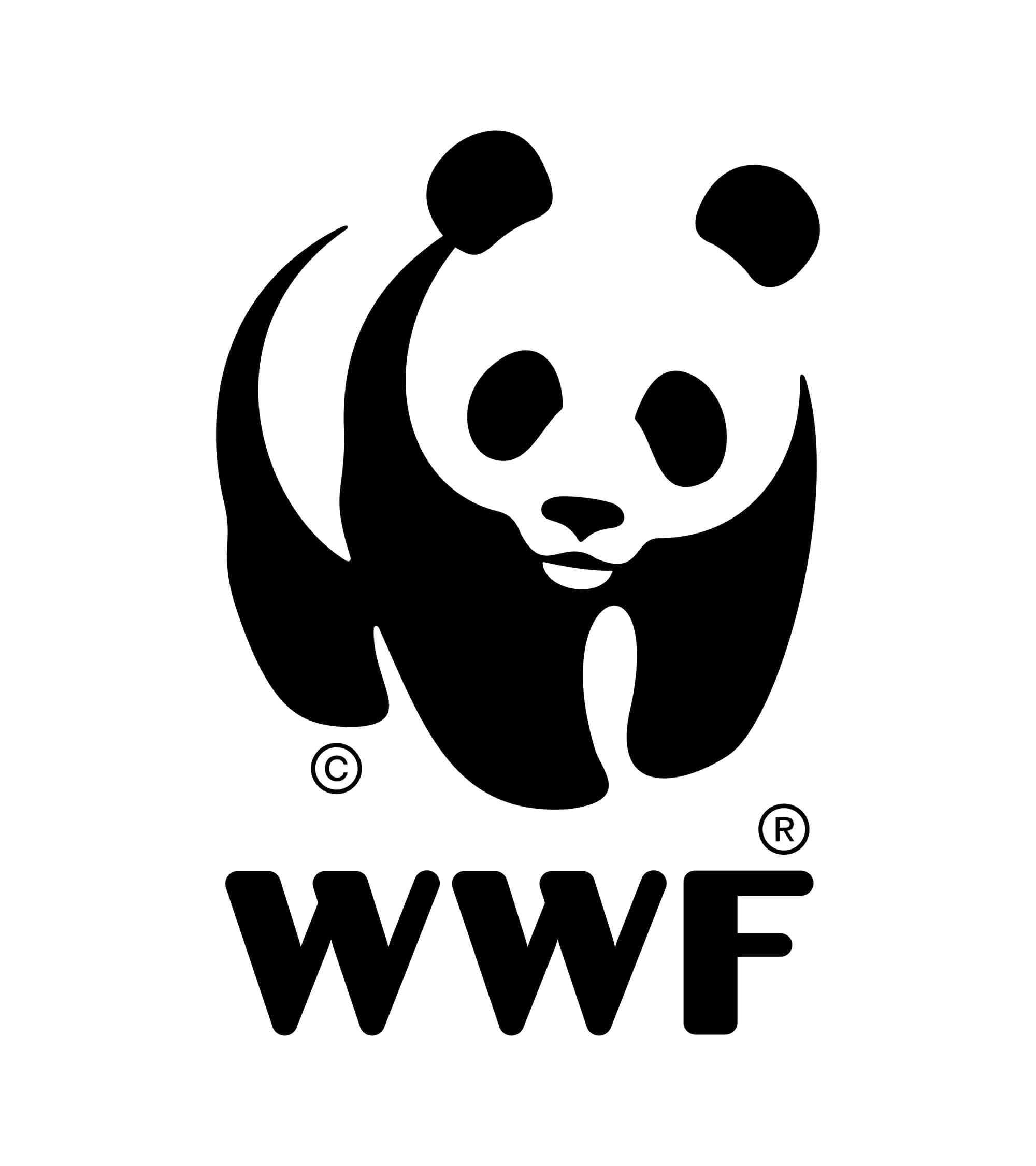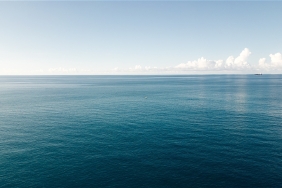WWF AND IPB ASSESSING THE USE OF PSA TO OVERCOME DATA DEFICIENCY IN FISHERIES
By Maskur Tamanyira, mtamanyira@wwf.or.id
WWF-Indonesia is collaborating with Fisheries and Marine Science Faculty – Bogor Agricultural University (FPIK IPB) in applying limited fisheries data approaches, Scale Intensity Consequence Analysis (SICA) and Productivity Susceptibility Analysis (PSA) to measure risks to non-target species in tuna fisheries.
Fisheries data collection activities are undertaken at provincial level and documented by national ministry and fisheries offices based at main landing sites. However, the available data are still considered to be deficient and unreliable. The information on catch per species per gear, catch size composition and so forth is still very limited. Moreover there are still considerable gaps in knowledge bases of biological parameters like reproduction growth and natural mortality required for stock assessment.
PSA is a tool developed by Marine Stewardship Council (MSC) to quantitatively determine impacts, risks, or stock vulnerability towards fishing pressures by relying on the use of life history characteristics of a stock (i.e. productivity) and its level of susceptibility to the fishery. On the other hand, SICA is used to quantitatively assess risks to target species and non-target species or other ecological elements. FPIK IPB team tried to observe the vulnerability of non-target species in tuna fisheries at several test sites. The collection of field data for various gear types was conducted in every area including Pelabuhan Ratu, Wakatobi, and Kendari for troll line (handline); Jakarta and Benoa for tuna longline; and Larantuka and Bitung for pole and line. Those sampling locations are chosen since they can provide accurate representation tuna catch and landing from western Pacific regions, archipelagic waters, and Indian Ocean.
PSA and SICA are semi-quantitative assessment methods that combine the results of calculations and discussions of experts in determining the outcome. In addition, these methods also enable assessment where there is insufficient information, which are suitable to be applied in Indonesian fisheries.
Non-tuna species are likely to be threatened
Following up the adoption of SICA and PSA, it was conducted the assessment of collected field data that have been processed by using PSA and two-way discussion. A workshop organized by WWF-Indonesia and FPIK IPB team was held on 14 – 15 November 2013 and attended by representatives from National Committee on Fish Stock Assessment (KOMNASKAJISKAN), research centers (LP2T Benoa, BPPL, P4KSI, and BP2KSI), fisheries offices at provincial and district level (DKP), and fishers from every test site. The objective of the meeting was to verify field data that had been processed and to confirm the assessment carried out by FPIK IPB team.
Yon Vitner from FPIK IPB was the one who gave the presentation on field assessment results of non-tuna species vulnerability by applying PSA. He explained the detailed process that the data were taken could serve as values incorporated into calculation to determine productivity and susceptibility. The results were then discussed to obtain more input and reviews from participants of the workshop.
The activity was then proceded with break out group session, where every group was divided per fishing gear type (longline, handline, and pole and line) from each region. The discussion was aimed to confirm and review the weighing during the assessment of productivity and susceptibility carried out by FPIK IPB team. The calculation result showed that non-target species assessed during field data collection were still considered to be at the save level, or they were not that threatened.
The representative from KOMNASKAJISKAN closed the activity by conveying that the assessment process undertaken was a good example of non-target species vulnerability status determination in a given fishery or tuna fishery in this case, the key step to start fishery improvement programs in Indonesia. It had to be admitted that the assessment process was still far from perfect but it could be a stepping stone on fisheries management in Indonesia. Hopefully, the similar activity could be conducted in other fisheries where different fishing gear types involved in the fisheries, so Indonesia would gradually develop good and responsible fisheries management.





